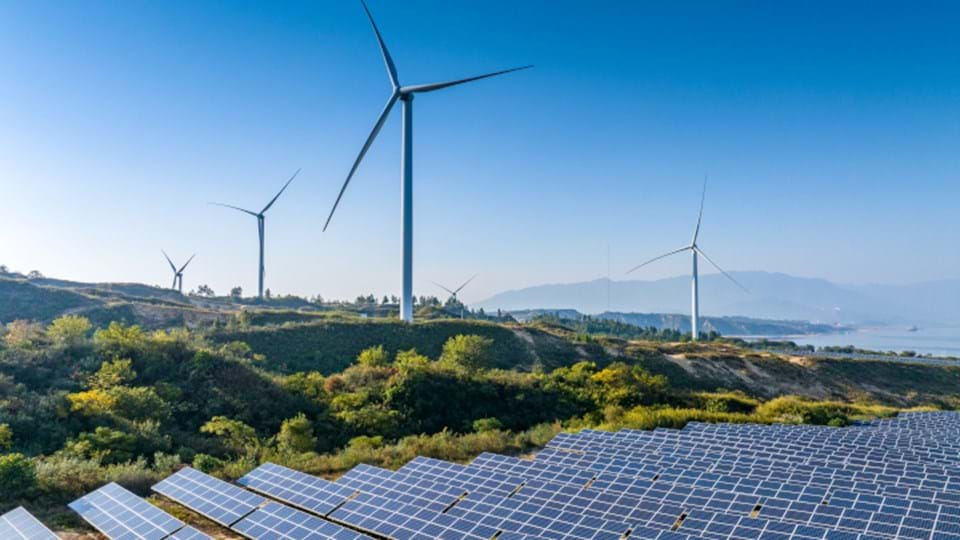REDUCING the UK’s lengthy grid connection backlog is a key focus of a government initiative to bolster energy infrastructure planning.
The Strategic Spatial Energy Plan (SSEP) has been commissioned by the Scottish, Welsh, and UK governments to develop “better planning” for transition technologies, including storage and hydrogen projects, up to 2050.
Publicly owned body, the National Energy System Operator (NESO), will deliver the plan, with the first phase focusing on electricity generation and storage.
Michael Shanks, the minister for energy, said: “We need a more strategic approach to our energy system, ensuring we can quickly scale up investment in the right infrastructure where we need it, to keep costs down and speed up our transition to clean power.”
Planning framework
Covering the whole energy system on land and sea in the UK, the SSEP will assess the optimal locations for future energy infrastructure, considering public views, environmental factors and demands from other sectors.
The scheme will also map out potential locations, quantities, and types of energy generation and storage applicable to specific areas.
The government expects the scheme to update regularly with new infrastructure recommendations and has commissioned NESO to scope out the SSEP over a 25-year period.
Grid solutions
Ofgem has reported on delay for new “zombie projects” to connect to the grid, with some projects waiting around ten years for a connection.
The SSEP is expected to drive further investment into the UK energy network and reduce the waiting times for projects to connect to the grid.
The project will directly feed into another NESO-led project, the Centralised Strategic Network Plan (CSNP), which will focus on new transmission infrastructure.
Kayte O’Neill, COO of NESO, said: “By setting out pathway options, engaging across government, the regulator, wider industry, interested parties and with communities as well as exploring the needs at a more zonal and regional level we can then identify where and what type of electricity and storage technologies we need to meet our future demand and decarbonisation ambitions.”
NESO is expected to deliver the first phase of the plan in 2026.

